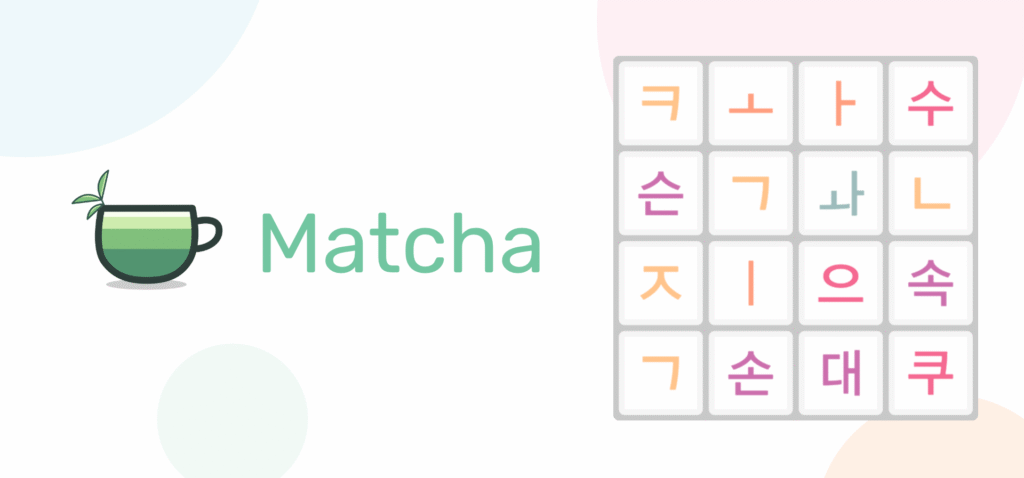Building off my post about children’s media for learning Korean, here are some of the top Korean TV and movies! I wanted to make a two-for-one combo with this. First, it’s nice to use Korean media to help hear how people speak, follow along repeating lines, and just for general enjoyment. But also to connect with Koreans and the culture!
Media can showcase daily life, struggles, and things on Koreans’ minds (even though Parasite isn’t realistic, it shows the class struggle and discrepancies people face, right?). And what can also be the daily slang, references, and connecting points for generations! Think of media like Friends, The Simpsons, Star Wars, Breaking Bad, Black Mirror, Harry Potter, the Marvel franchise, etc.
Note that the English title and the Korean might not match up. I’m putting the titles, not the direct translation, so keep that in mind! I’ll add in the genre(s), a little description, and why it’s culturally relevant so you can easily take your pick!

(more…)





